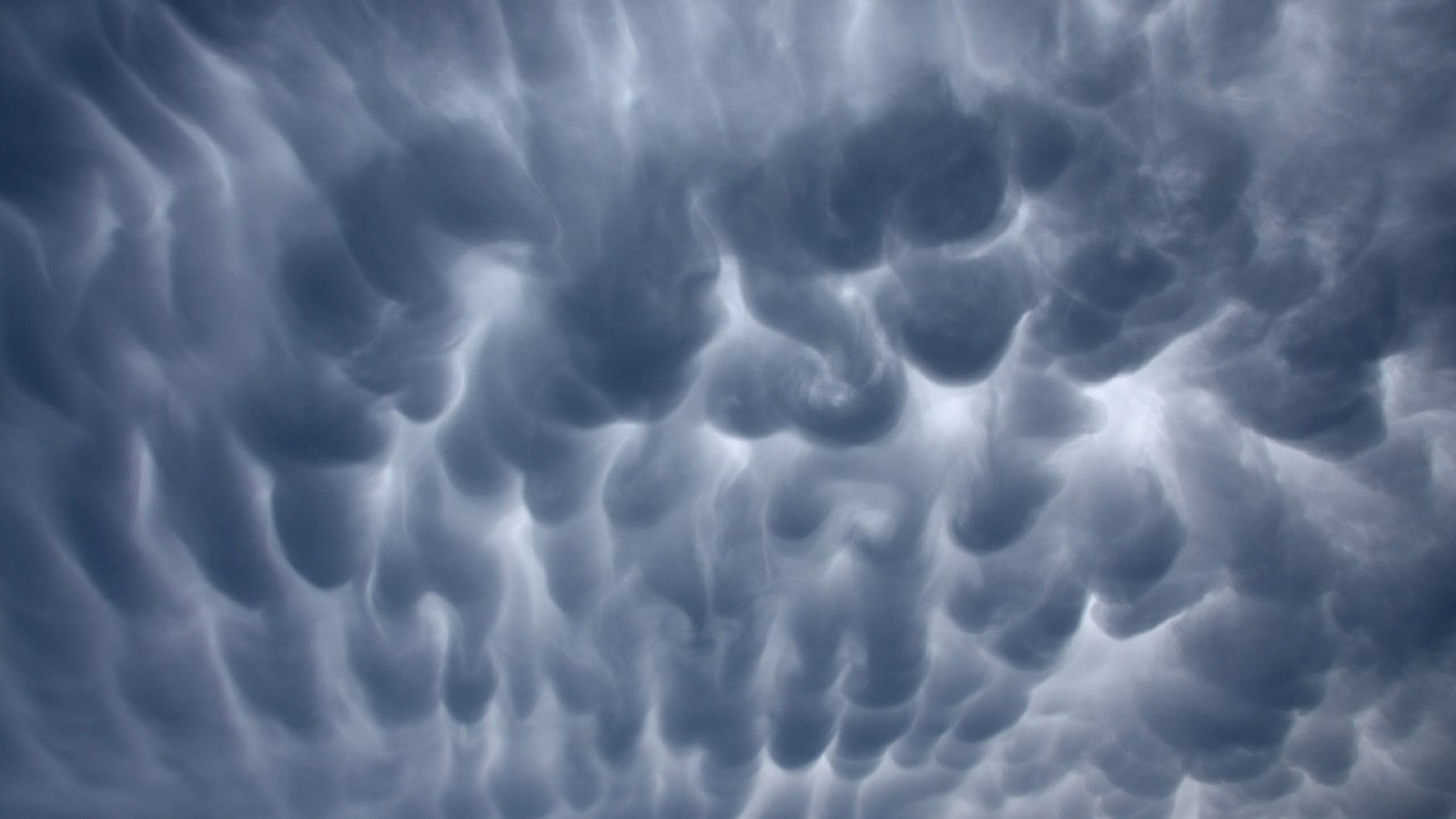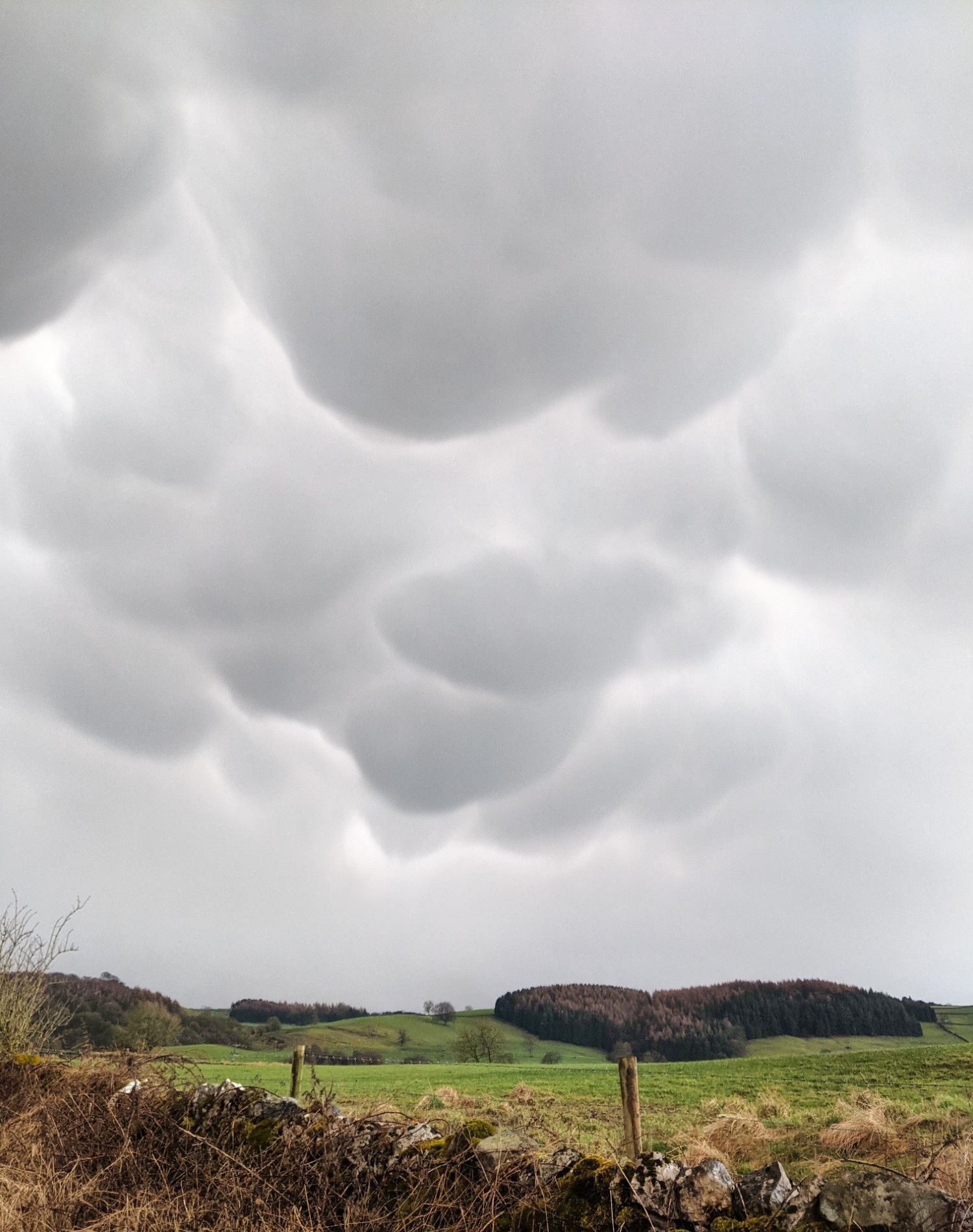Those strange and beautiful clouds you spotted last night, there’s a name for them, and it turns out they’re pretty rare
Were you lucky enough to see the eerie cloud formations?


Most of the country has been hit by wind, rain and hail this week, but it’s not all bad as the storm-like conditions created a beautifully rare sight during the evening last night.
Anyone who may have braved the wintery weather conditions for a walk may have been rewarded with huge low-lying bulb-shaped clouds that made for a seriously wonderful sight.

The bulge-like clouds, known as Mammatus, are some of the most unusual and distinctive cloud formations according to the Met Office. Formed due to stormy weather conditions including hail, heavy rain and lightning, Mammatus clouds almost appear like an upside-down cloud with pouches forming underneath rather than on top.
A post shared by Sophie (@some_times_sophie)
A photo posted by on
More from woman&home:
• Best air purifiers to cleanse your home
• Get all zen with our pick of the best yoga mats
• Try these best pillows for your dreamiest night's sleep yet
The incredible appearance of these clouds is made more beautiful as the sun lowers in the sky projecting light up into the pouches. People took to Instagram across the country to share their dreamlike images to the social media platform as the spectacular clouds were spotted over parts of the Peak District and West Sussex.

Residents of Berlin, Germany were also treated to a beautiful display with Mammatus clouds providing photo opportunities across the city.
A post shared by Claudio Rojas Wettig (@crojaswettig)
A photo posted by on
Mammatus comes from the Latin, mamma, meaning udder or breast. The amazing effect is an example of clouds in sinking air and was first described in 1894. These clouds can extend for hundreds of miles and according to the BBC, “usually indicate that the worst weather has passed.”
Sign up to our free daily email for the latest royal and entertainment news, interesting opinion, expert advice on styling and beauty trends, and no-nonsense guides to the health and wellness questions you want answered.
A rare occurrence, Mammatus is one of the most unusual and distinct cloud formations you can see, lets hope we can all catch them again soon.

Lydia is a nomadic travel writer and solo travel expert with two decades of journalistic experience (including a nine-year stint as a fashion and beauty editor and five as a lifestyle director).
An intrepid explorer, Lydia writes about her adventures for The Sunday Times, Condé Nast Traveler, The Guardian, BBC Travel, Harper's Bazaar, ELLE, Marie Claire US, The London Standard, woman&home, Good Food, Women’s Health, Australia's Body+Soul and easyJet Traveller.